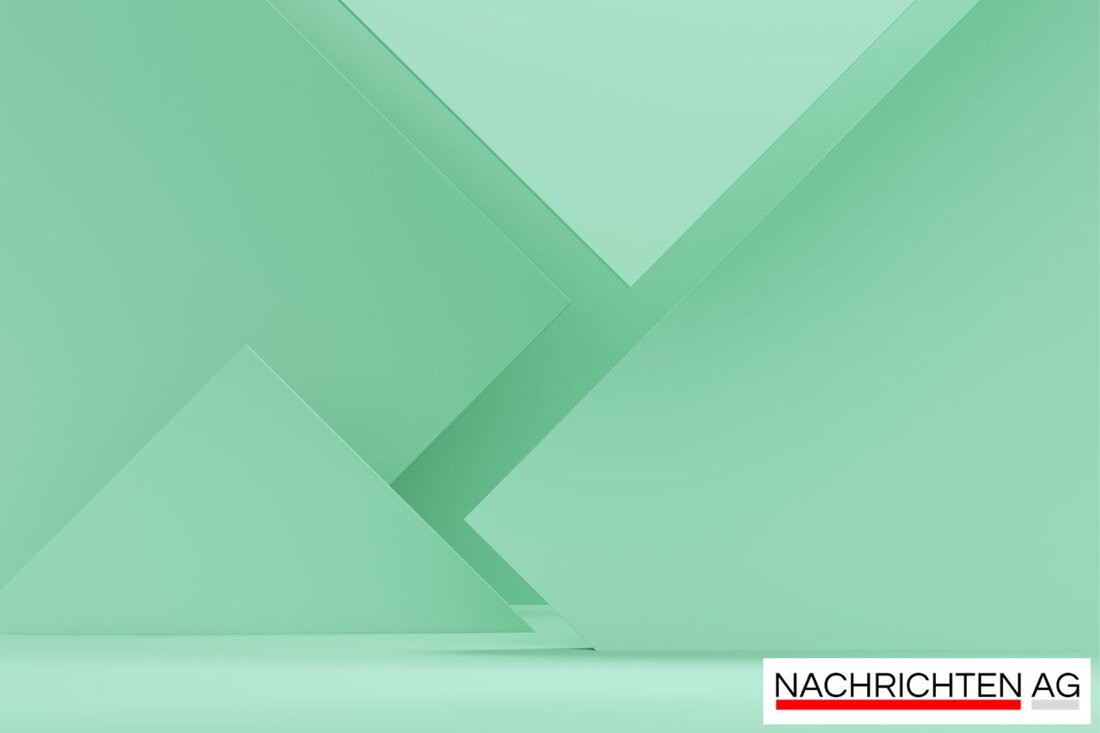Revolutionary AR glasses: Creal secures $ 8.9 million!
Revolutionary AR glasses: Creal secures $ 8.9 million!
in the fascinating world of Augmented Reality (AR) is currently moving a lot. The Lausanner Startup CREAL recently successfully completed a funding round for its innovative Lichtfeld-Mikrodisplay technology to develop further. This technology enables the projection of images with a remarkable liveliness and depth, which makes it particularly relevant for applications in eye care and in AR hardware.
It is particularly exciting that the financing round was listed by the German Group Zeiss , which underlines the importance of technology. In addition to Zeiss, various investors from the UBS network, Swisscom Ventures, Verve Ventures and DAA Capital Partners have also invested in CREAL. The total capital that the company has collected since its foundation now exceeds $ 32 million.
The way to the AR revolution
With the new финанс upholstery, Creal plans to build up an advanced, digitized eye care platform based on the light field display technology. This platform will not only contain diagnostic tools, but also support Zeiss treatment devices in its use and thus revolutionize the quality of visual care. CEO and co-founder Tomas Sluka emphasizes the need to make AR glasses healthy, comfortable and intuitable-a challenge that CREAL wants to tackle with the miniaturization of his light field module.
The technologies on which CRAAL works could fundamentally change the way we experience augmented reality. They combine innovative display technologies with the natural focus of the human eye, which enables a very realistic user experience.
AR glasses on the advance
A remarkable advantage of the Rayneo X3 Pro is its light design - less than 85 grams - as well as its focus on comfort through padded nasal pads and ergonomic brackets. Equipped with a Qualcomm Snapdragon AR1 Gen 1 Chip, it enables multimodal AI functions, including real-time translations and a high-resolution camera with presumably 12MP sensor.
The first tester reports from the MWC 2025 are consistently positive, especially the design and the user interface were highlighted. However, as with any new technology, there are also concerns, for example with regard to the battery life during intensive use.
In summary, the future of augmented reality looks rosy. Whether CREAL with its light field technology or the innovative approaches of TCL-the AR market is developing rapidly, and the new developments could soon get from the laboratories directly into our everyday life. It will be interesting to see how the industry will continue to develop and what new possibilities it offers us.
| Details | |
|---|---|
| Ort | Lausanne, Schweiz |
| Quellen | |


Kommentare (0)